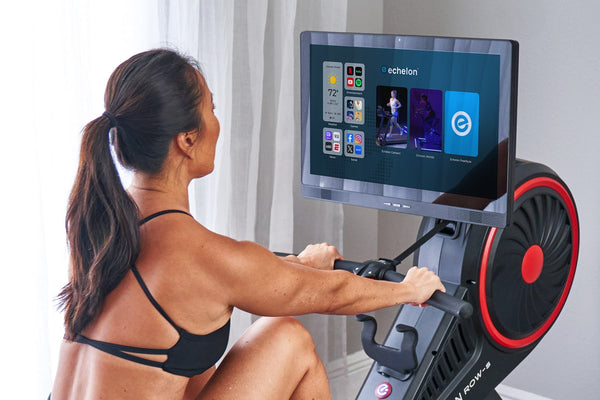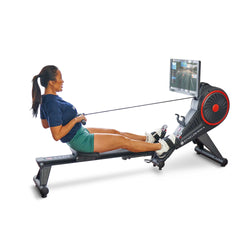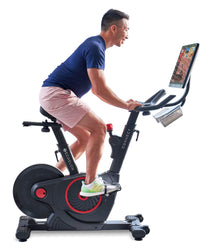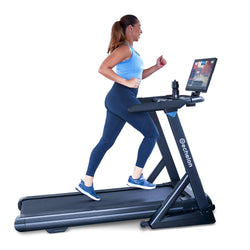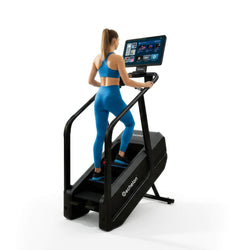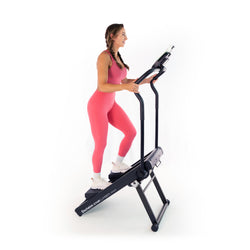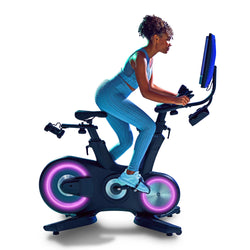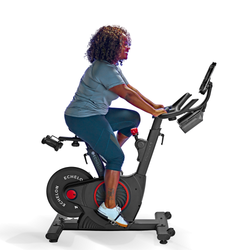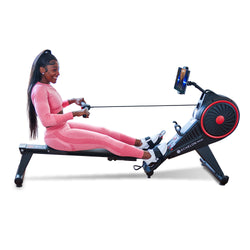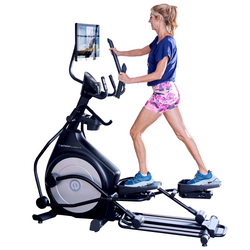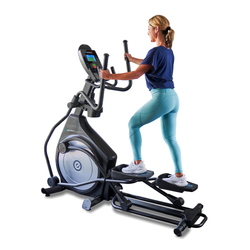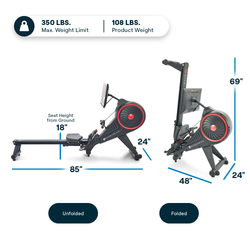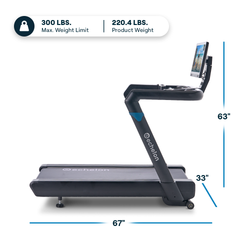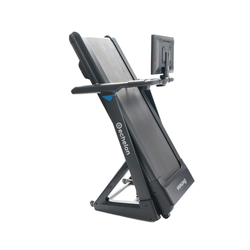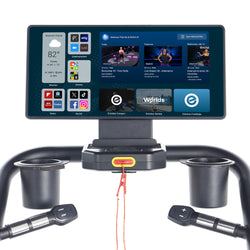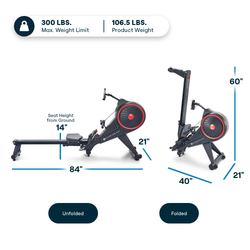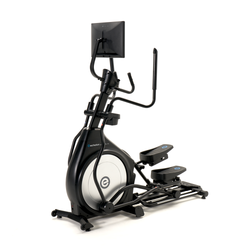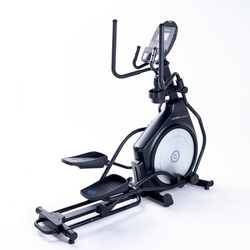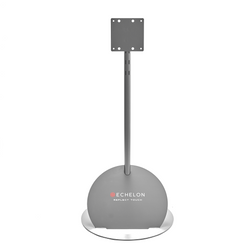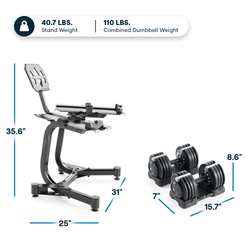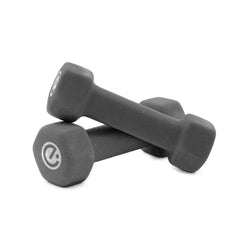The Importance of Body Posture and Mobility at Your Desk

As a member of the Echelon community, you understand the importance of staying active and maintaining a healthy lifestyle. However, one aspect of health and fitness that is often overlooked is the impact of body posture and mobility, especially when spending long hours at a desk. In this blog post, we will explore the significance of body posture and desk mobility, as well as provide tips and exercises to help you improve in these areas.
Understanding the Impact of Poor Posture on Your Health
Neglecting proper body posture, particularly while seated at a desk for extended periods, can precipitate a spectrum of health concerns beyond the commonly known back and neck pain. This habitual misalignment exerts undue stress on the musculoskeletal system, fostering conditions such as chronic headaches, exacerbated by the tension in the neck and shoulders. Additionally, poor posture can compromise blood flow and nerve function, contributing to fatigue and decreased concentration levels. The impact extends to the digestive system as well; a slouched position can constrict abdominal organs, leading to inefficiencies in digestion and potentially aggravating symptoms of gastroesophageal reflux disease (GERD). By understanding these far-reaching consequences, the motivation to adopt and maintain proper posture becomes evident, not just for immediate discomfort relief but for long-term health preservation.
The Basics of Good Desk Posture
Achieving a beneficial desk posture requires attention to detail in how you position your entire body from your feet to your head. Start by ensuring that your feet rest squarely on the ground, with your ankles aligned directly below your knees, forming a stable 90-degree angle. This foundation supports a balanced distribution of weight and encourages proper alignment of your pelvis. Your chair should offer firm support, allowing your lower back to maintain a natural, slight inward curve. This necessitates the use of lumbar support if your chair lacks it, possibly by adding a cushion or a rolled-up towel.
Your arms should be positioned so that your elbows remain close to your body, bent at a 90 to 120-degree angle when typing or using a mouse, thereby reducing strain on your shoulders and wrists. Ensure that your computer monitor is positioned at an eye level, or slightly below, to avoid tilting your head up or down, which can lead to neck strain. The distance of the screen should be at arm's length, allowing your eyes to comfortably view the screen without leaning forward or squinting.
Adopting these posture principles not only minimizes the risk of discomfort and injury but also enhances concentration and productivity. By creating an ergonomically sound workstation, you establish a solid foundation for your health and well-being while working at your desk.
Simple Desk Mobility Exercises to Enhance Your Fitness
Integrating desk mobility exercises into your workday is a straightforward way to counteract the stiffness and discomfort associated with prolonged sitting. Begin with gentle neck stretches, tilting your head from side to side, which can alleviate tension buildup. Shoulder rolls forward and backward in a slow, deliberate motion can help loosen tight shoulders, a common issue for desk workers. For wrist health, extend your arms and rotate your wrists in circular motions, beneficial for those who type regularly. Seated leg lifts, where you extend each leg straight out and hold for a few seconds, can engage your leg muscles and improve circulation. Additionally, periodically standing to perform a series of standing stretches, such as reaching for the sky or gentle side bends, can invigorate your body and break the monotony of sitting. These movements not only promote physical well-being but also provide mental refreshment, enabling better focus and productivity upon returning to desk tasks. Engage in these activities every hour to foster a habit that supports both your physical and occupational health.
Integrating Posture and Mobility Into Your Fitness Routine
Incorporating posture and mobility-focused exercises into your existing fitness regimen is a strategic move for bolstering overall physical health. Activities that emphasize core strengthening, flexibility, and dynamic movement play a crucial role in enhancing postural support and functional mobility. Integrating routines like yoga or Pilates can significantly impact your body’s alignment and movement efficiency, directly influencing how you sit, stand, and perform daily activities. Stretching sessions, particularly those targeting the back, shoulders, and hips, can further alleviate the tension accumulated from prolonged periods of sitting. Implementing these practices not only fortifies your posture but also serves as a preventive measure against potential injuries, ensuring a more balanced and effective approach to your physical well-being. Dedicating specific segments of your workout to these areas can transform your fitness journey, making you stronger, more flexible, and resilient, both at the desk and beyond.
Tips for Staying Consistent and Motivated
Maintaining a disciplined approach to improving your body posture and enhancing desk mobility requires both motivation and strategic planning. One effective method to ensure consistency is to leverage technology; utilize calendar apps or set alarms to remind yourself to take periodic breaks for stretching or mobility exercises throughout your workday. These scheduled pauses serve not only as a means to practice good posture but also as a mental refreshment, aiding in productivity and focus.
Creating a supportive environment can also play a significant role in your journey. Whether it's through joining online communities, such as forums or social media groups dedicated to workplace wellness, or participating in live-streamed fitness classes that emphasize posture-correcting exercises, surrounding yourself with like-minded individuals can boost your motivation. Sharing tips, experiences, and challenges with others can provide new insights and encourage persistence in your own practices.
In addition, integrating posture awareness into your daily routine can make a significant difference. Simple adjustments, like consciously checking and correcting your posture at regular intervals or using ergonomic accessories that prompt proper alignment, can gradually lead to improvements in your posture and mobility. Celebrate the small victories along the way; acknowledging the progress you make, no matter how minor it seems, can be a powerful motivator.
Lastly, remember that variety can keep your routine fresh and engaging. Experiment with different stretches or mobility exercises to discover what works best for you and to prevent your routine from becoming monotonous. By keeping your approach dynamic and engaging, you're more likely to stay committed to your goals and enjoy the benefits of improved posture and mobility at your desk.
